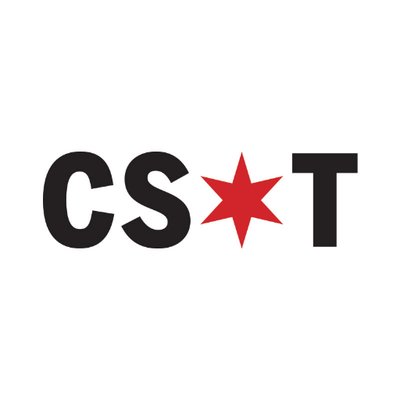



The Cubs were already interested in Shōta Imanaga when he stepped into the World Baseball Classic stage last spring. They’d been scouting him since the 2018 and began really honing in on him the next year at the World Baseball Softball Confederation’s Premier12 tournament.
If he chose to go from Japan’s Nippon Professional Baseball to MLB after the 2023 season, the Cubs felt like they had a good sense of the pitcher he’d be.
“But then this year, it really all changed,” vice president of pro scouting Andrew Bassett said over the phone. “We started to see a little more of a dynamic pitcher.”
He’d mostly replaced his cutter with a sweeping slider. He’d changed the action on his splitter – which at times looked like his best secondary pitch.
“And he was able to do that while maintaining all the other things he did well, which was throw strikes, attack right-handed hitters with his fastball, he maintained the elite qualities of his fastball … . We were just really impressed by his ability to make adjustments.”
Fast forward to Friday, when Cubs Convention kicked off with Imanaga’s introductory press conference. Because of the unique location – in a Loews Chicago Hotel ballroom across the street from the majority of the convention action – season ticket holders were allowed in the back of the press conference.
So, Imanaga, who signed a four-year $53 million contract (with options that could extend it out to five years and $80 million), was greeted with cheers after every line of his opening remarks:
“Hey, Chicago… What do you say?… The Cubs are gonna win today.”
He was right; after almost half a decade of keeping tabs on Imanaga, the Cubs had won his commitment.
That 2019 P12 tournament was the same event that spurred the Cubs to truly zero in on outfielder Seiya Suzuki, a fellow Japanese star, who was the MVP of the tournament. The Cubs expected Suzuki to transition to MLB first – and he ended up signing with the Cubs in 2022 – while Imanaga’s posting could be a couple years later.
“In the early stages of scouting players abroad, when you know that they’re five years away from coming out,” Bassett said, “you’re really just trying to build a book so that over the years, as the player changes, evolves and gets better, you have a starting point and know how much they’re getting better.”
Even then, the Cubs identified a few characteristics that would later make Imanaga a free agent target: his aggressive approach, his firm grasp of how to use his stuff, early signs of strength.
The Cubs were making scouting talent coming out of Japan and Korea a priority. And with the number of polished players coming over to MLB from those leagues, and the number of former MLB players trying to revive their careers with stints overseas, the Cubs merged those scouting responsibilities with the pro scouting department. There was so much overlap between player pools that it made sense.
“We circled this year as a ‘wow’ year of talent coming over,” Bassett said.
Hoyer went to Japan himself in September to watch several players, including Imanaga, and foster relationships. Bassett scouted one of Imanaga’s last few stats of the season – where he also scouted Edwin Escobar, who the Cubs signed to a minor-league deal this winter.
For more consistent in-person evaluation, Jason Cooper, the Cubs’ Pacific Rim scouting supervisor, travels back and forth from Japan throughout the scouting season, and Shinsuke Yokote, their Pacific Rim scout, is based in Japan.
As is true of any player coming over from a different league, in a different country, using a different baseball, Imanaga will have an adjustment period. But from the WBC, through the Nippon Professional Baseball season, the Cubs saw a player dedicated to evolving.
“I want to be an adaptable pitcher,” Imanaga said Friday through interpreter Shingo Murata. “Sometimes the situation might call for me to pound the zone with the fastball. Sometimes, the situation might call for a lot of breaking balls. But I don’t want to be one style. … The fact that I was able to make those adjustments in 2023 will be a good experience heading into 2024.”
Imanaga had done his research before stepping into his first press conference as a Cub. At the end of his opening remarks in English, he added: “Go Cubs, Go.”
